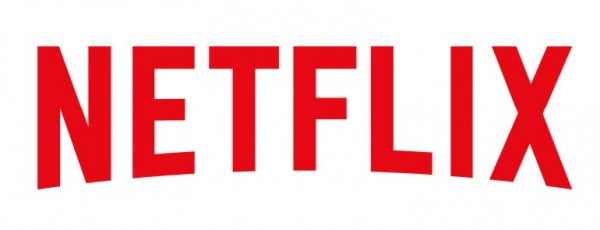
Prices for Netflix in Singapore will be similar to what users are paying for the streaming video service in the United States, which starts from US$7.99 (S$11.15) a month.
Though the prices here are not firmed up yet, the company expects to charge a similar rate as the US, where the service costs US$7.99 for standard definition (SD) streams, US$8.99 for HD and US$11.99 and 4K.
Viewers here, however, would not get the same catalog of TV programmes as their American counterparts, at least not when the Singapore version launches in early 2016, said Jonathan Friedland, Netflix’s chief communications officer.
He told reporters here today that the company has been in talks with the Media Development Authority (MDA) to ensure that the programming falls within Singapore’s guidelines on video-on-demand content.
The company would progressively add to the lineup for Singapore, with Korean dramas and Cantonese programmes among the localised content to be expected for the Asian region, he added.
However, Netflix’s original programmes such as Daredevil and the upcoming Jessica Jones, will all be available the same time as the US, he stressed.
Another piece of good news is that the service will work with a good number of devices here, including PCs, tablets and phones and smart TVs.
Having launched the service regionally in Japan and Australia, Netflix is confident of delivering a similar experience in Singapore. One sticking point, though, could be Net neutrality.
In the United States, Netflix had been embroiled in battles with cable and telecom rivals such as Comcast, which forced it to pay for bandwidth to provide the video streams to users.
In Singapore, Netflix has been in talks with Singtel and StarHub to deliver its video smoothly, said Friedland, but he added that he was not aware of the outcome of those discussions.
In some countries, it had partnered some service providers to stream the videos to their users efficiently and even to bill customers for the service.
Friedland said the service has had no issue being delivered so far in markets in Europe, Latin America and Asia-Pacific, even if local players threatened by its entrance do not wish to collaborate.
Asked about existing users in Singapore who have been viewing the US version of Netflix by using VPN (virtual private networking) connections, he said the number was probably not large.
He expected the takeup here to be similar to the US, where one in three broadband-connected homes are signed up to Netflix.






